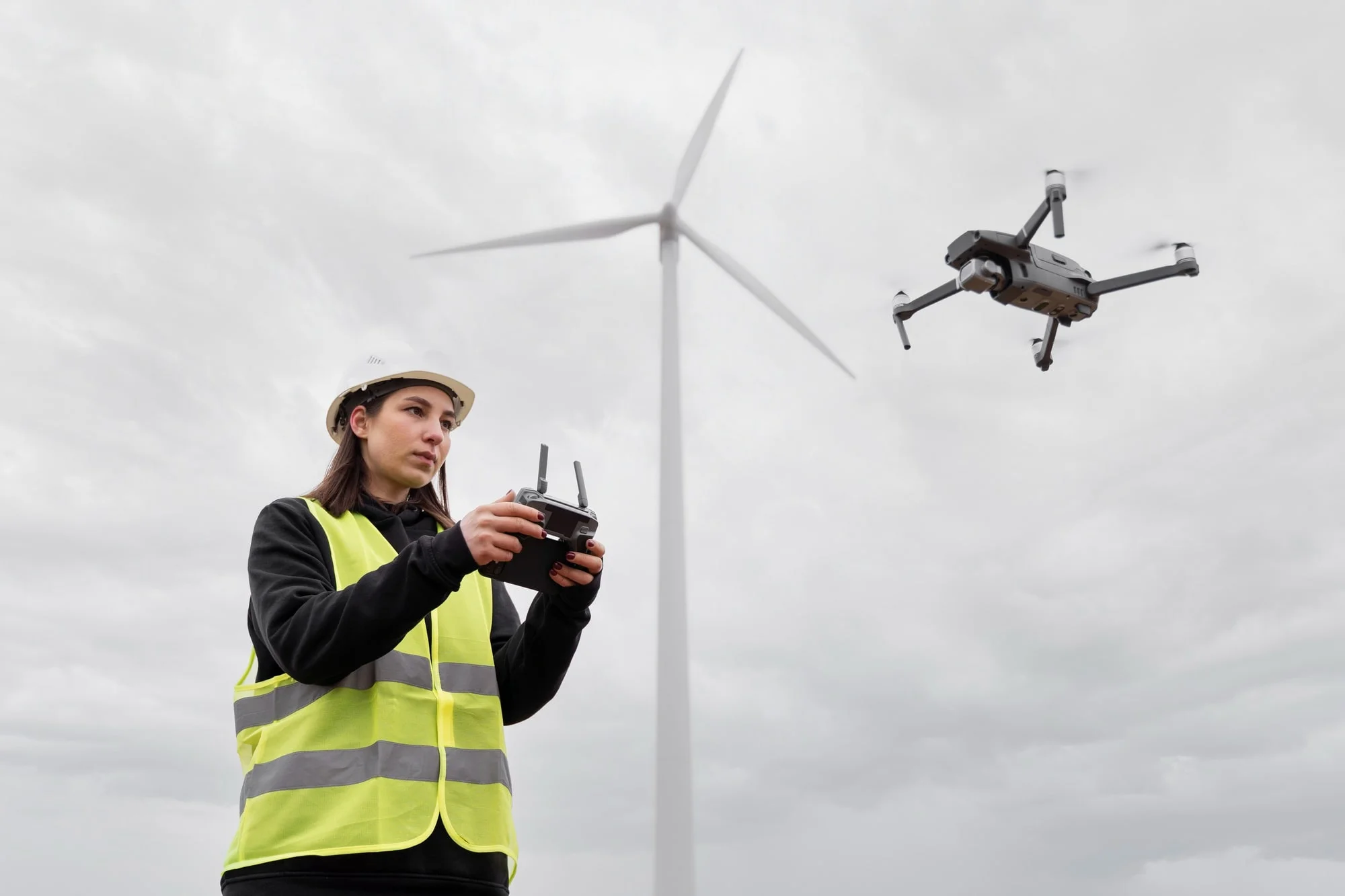Unmanned aerial vehicles (UAVs), or drones, are reshaping wilderness search‑and‑rescue (WiSAR) by offering unmatched aerial coverage, speed, and safety. Rather than relying solely on ground teams trudging through difficult terrain, drone swarms can scan vast areas rapidly, supplying real-time thermal imaging and situational data to search coordinators. This bird’s‑eye perspective enhances efficiency and reduces risk to responders in dense forests or rugged regions. Expert researchers emphasize the reliability and high‑quality data these systems deliver—boosting search success and operational authority.
Emerging research furthers this innovation: deep reinforcement learning algorithms now enable drones to autonomously optimize flight paths using probabilistic maps of likely missing‑person locations. Trials demonstrate these methods can reduce search time by over 160 % compared to conventional coverage algorithms. Real‑world experiments in Scotland and North America validate that this high‑tech coordination can make the difference between life and death in time‑sensitive rescues.
Trustworthy deployment, however, requires transparent governance and proven expertise. Rescue teams must operate under testing protocols, accredited training, and established safety measures—especially as drone autonomy becomes more sophisticated. When drone‑based operations are supported by published case studies, peer‑reviewed research, and structured human‑drone workflows, they deliver authoritative wilderness rescue with credibility. Pairing innovative technology with expert oversight ensures this transformative tool is as reliable as it is revolutionary.




